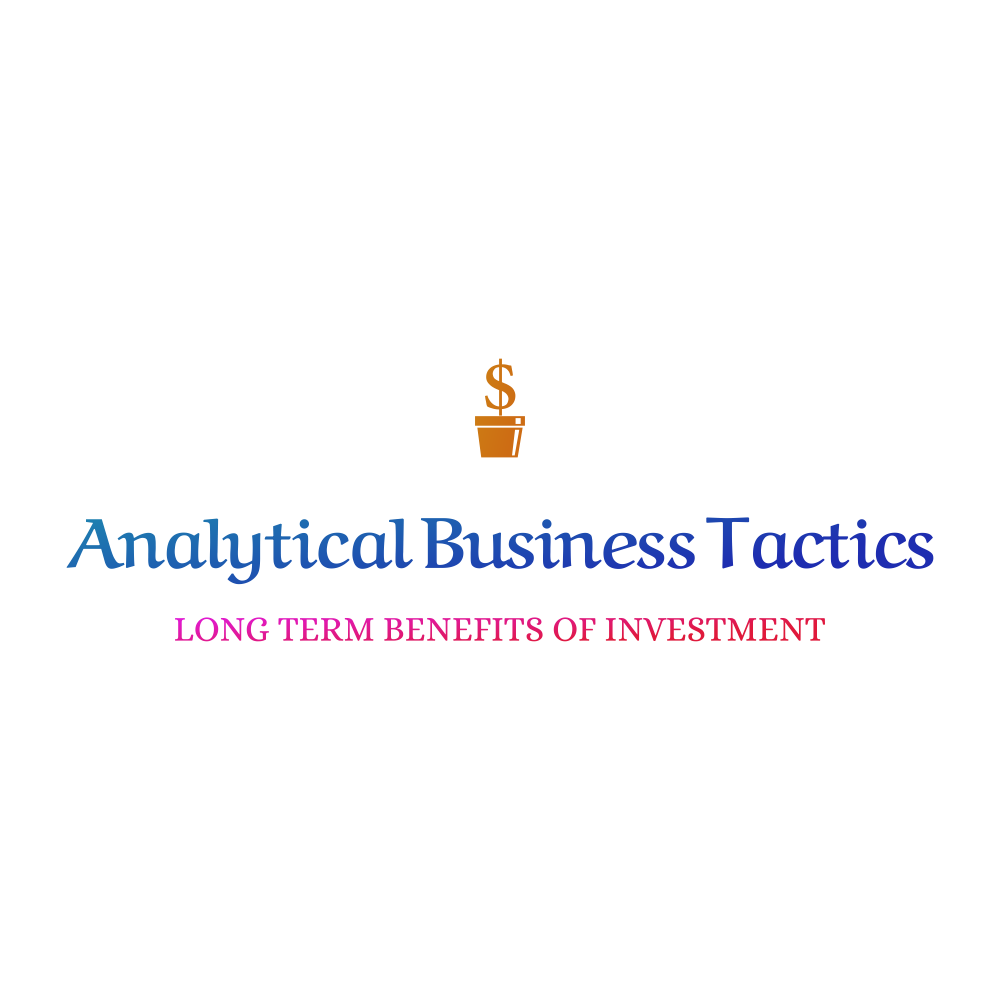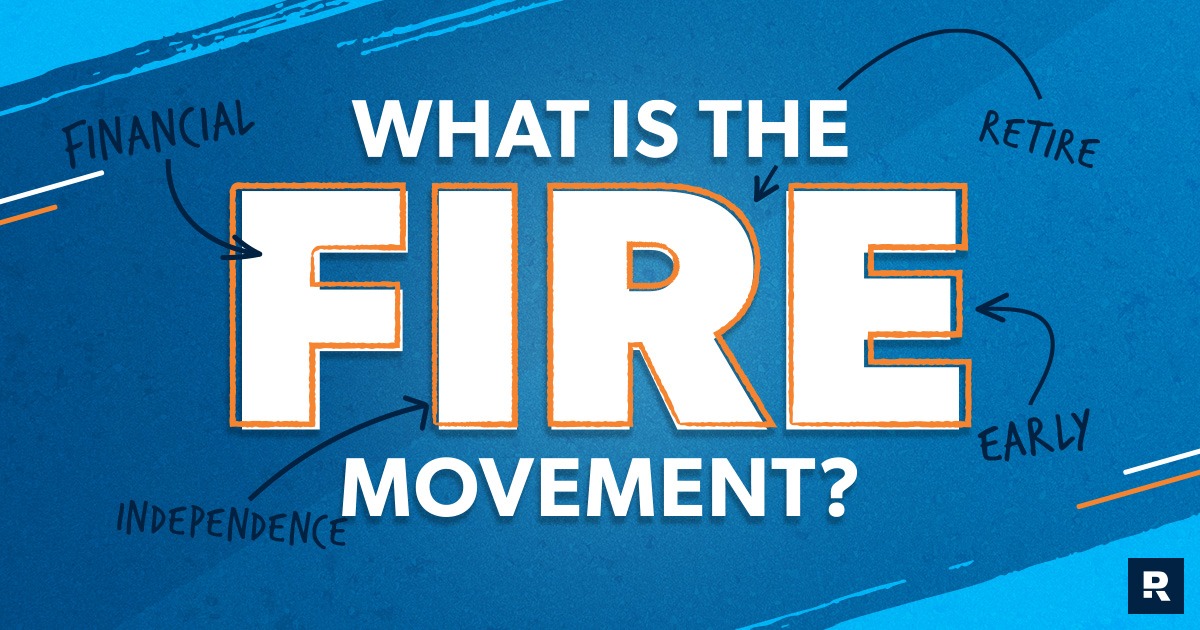Want to start investing in 2025? An ex-Goldman Sachs wealth adviser reveals the 6 simple steps to follow

If one of your New Year’s resolutions is to improve your financial health, then you need to start looking ahead. Planning for the future is one (if not the) most important step to financial independence, and while we all have different ideas about what success might look like, the fact is that more money equals more flexibility to do what you want.
Setting aside a share of your salary in a savings account every time you get paid is a great starting point, but to give your finances the best shot at growth, there’s another decision you can make – and commit to – and that’s investing.
‘You don’t build meaningful wealth through salary,’ says Ayesha Ofori, an ex-Goldman Sachs wealth adviser who quit her high-profile job to found female-focused investment platform Propelle. ‘That’s not how it’s done. It’s through investments.’

Ayesha Ofori is a former Goldman Sachs wealth adviser
Ofori admits there are still a lot of misconceptions around investing. One of the biggest, she says, is that you need a large sum of money to start with. ‘That’s not true at all. The beauty of investing is compounding [i.e. earning interest on your investments]. It’s not necessarily about putting large sums of money in a fund.’
‘The key to investing is doing it consistently and over 20, 30, or 40 years,’ she explains. ‘You’d be surprised by how much just five pounds can grow overnight. And if you’re thinking about investing, you probably can afford five pounds a month.’
Not sure where to start? Ofori believes the majority of people don’t need to invest in anything other than a stocks and shares ISA, ‘so that any profits you make are tax free.’ Read our guide to the best stocks and shares ISAs here.
‘You can save up to £20,000 a year in your ISA without having to pay tax on your returns,’ she clarifies. ‘If you’re not maxing out your ISA, that is where you should be. Once you’re hitting that £20,000 a year limit, you can start investing in general accounts.’
Whether you’re dreaming of retiring early, or planning the trip of a lifetime, investing is key to becoming financially independent. Below, Ayesha Ofori has set out the six simple steps you’ll need to follow to get there.
1. Get the complete picture
The first step is about getting on top of all your finances. ‘What I find, when I speak to a lot of women, is that everything is everywhere: their cash is in one place, their pension in another and they’ve got a little bit of money or inheritance somewhere else.’
‘You need to get the complete picture before you can start thinking about where you want to go next and that – gathering all the paperwork, logging into all the accounts, finding out how much you have in each account – can be daunting.’
2. Set a monthly money date with yourself
To get everything in order, she suggests carving out time in your diary for a monthly money date with yourself. ‘You should start monthly initially, because those first couple of sessions will just be about finding all your money, investments and assets, and putting it all together.’
If you’re a pen and paper kind of person, write it down. If you’re an Excel person, put it in a spreadsheet. ‘Whatever works for you, get the complete picture and then have regular meetings with yourself.’
3. Have a plan
Once you’re on top of your finances, you can come up with a plan or map of what you want to do with your finances. The first question you need to ask yourself is: Why? Why do you want to build up your money? What is it for? What are you saving for? Is it that you want a better quality of life, or do you want to have kids and they’re expensive?
The second part of this step is to try and quantify those goals. ‘Work out roughly how much you’re going to need so you know what specific number you’re working towards. A specific number will help the goal to be more achievable.’
4. Separate your money into pots
The next step is to separate your money into three ‘pots’ – these are separate to the current account you use for your living expenses.
The first is your ‘emergency fund pot’. ‘It’s the one everyone should start with and everyone should have. That’s your rainy day money if you want to leave your job or your partner,’ she explains. ‘How much you have in that pot depends on your personal preferences; some people say six months’ salary. But set it aside in cash and do not touch it.’
On the other end of the scale, there’s the ‘investment pot’. ‘This is for any money you can tie up in investments for a minimum of three years or more.’ Even though in theory you can take it out tomorrow, Ofori emphasises that you should not be needing this money for at least three years. If you do need it within the next three years, it should not go into this pot.
‘I like to have what I call a “set and forget policy”. Once you’ve sorted out the risk tolerance, you know what fund you’re in, forget about it. Don’t go in and track it every day – it doesn’t matter what it’s doing today, it’s your long term money.’
In the middle of these two is what she calls a ‘cash for investing pot’, which is for short-term investments like a fixed-term cash deposit. ‘This money really should be invested in long-term accounts, but a lot of people don’t feel confident about investing and aren’t quite ready to put it all in yet,’ she adds. ‘However, you can work to move that money into the investment pot over time.’
5. Check in on your pots during your monthly money dates
Once you’ve set up those three pots, Ofori advises to use those monthly money dates to evaluate your finances. Is your emergency fund still suitable for the potential emergencies you might have? Or maybe you’ve had an emergency and you need to top that money back up. Should you start moving money from your ‘cash for investing pot’ into the ‘investment pot’?
6. Don’t do it all at once
‘It doesn’t matter if you can’t do all these steps at once, you just have to commit to having a plan,’ she says. ‘If you’ve got a complete picture of your finances, set your goals and quantified them, and separated your money into three pots by the end of January, that’s amazing. But most people won’t be able to do that in one month.’
She recommends doing it by March, as you’ll be coming up to the end of the tax year. ‘Most people will be scrambling around trying to get the most out of their allowances before April, so you want to be in a position where you’ve already mapped things out before then.’
link



:max_bytes(150000):strip_icc()/howtoopenonlinebrokerageaccount-3075fa1a9fa4447293ccee1838a226ec.jpg)



:max_bytes(150000):strip_icc()/corp-social-responsibility_revised-dc9a157213de4872b2159fea8450ad13.png)